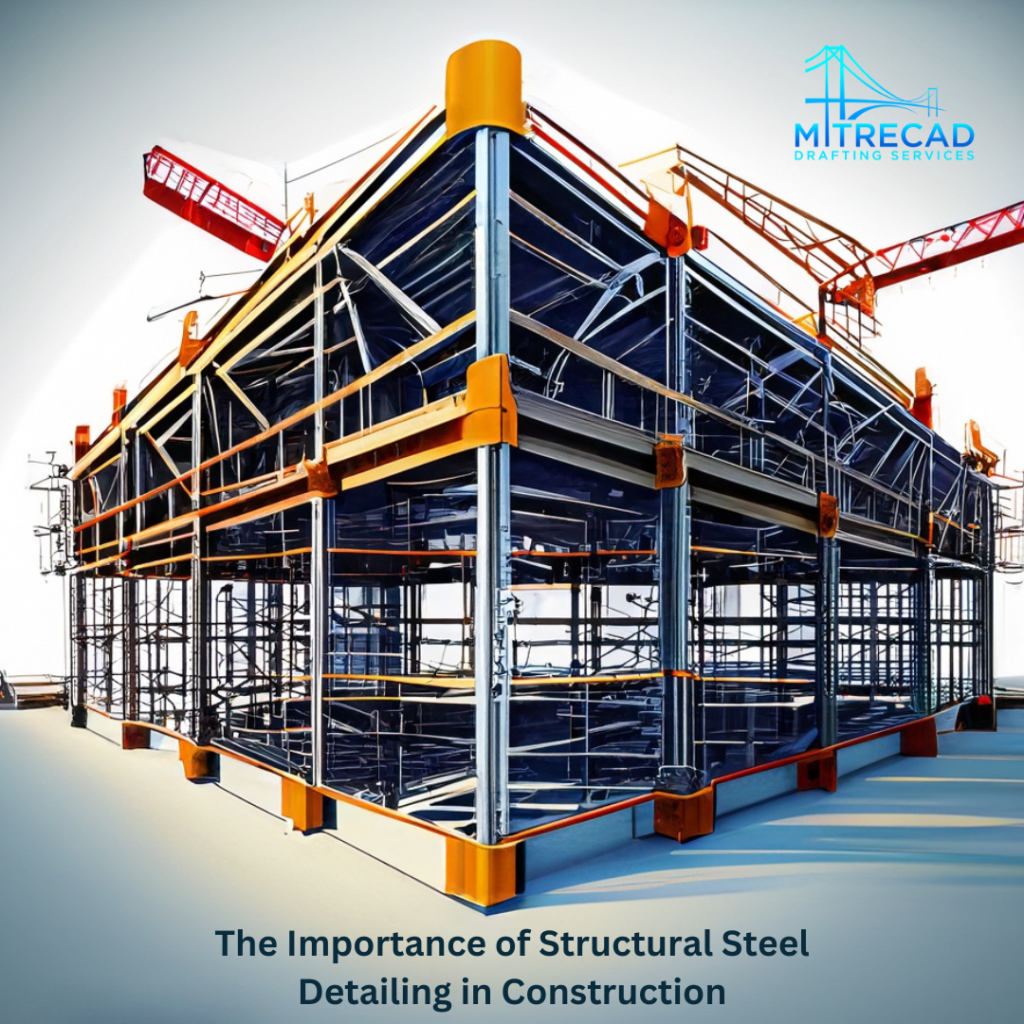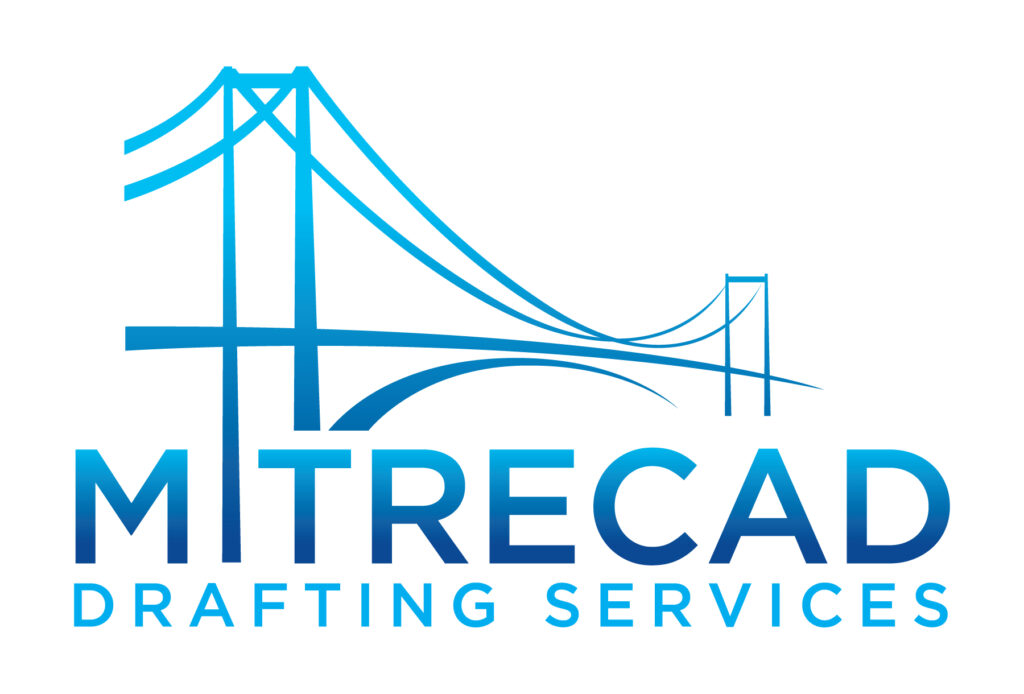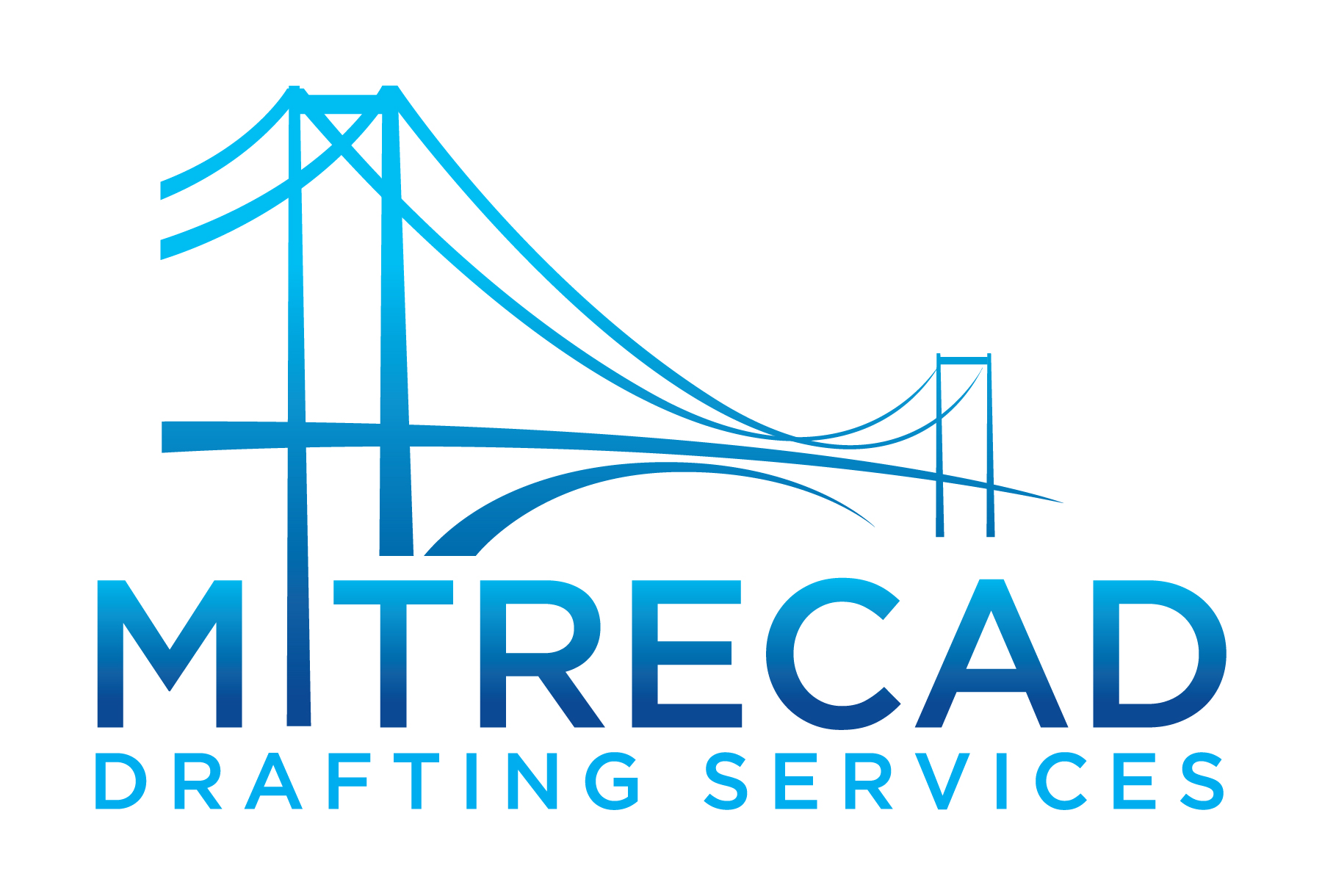
Precision is the key to success in the quick-paced business of construction. Structural Steel Detailing, sometimes overlooked but unquestionably important, emerges as the unsung hero in assuring the integrity and efficiency of modern building projects.
When it comes to the complexities of building, one frequently ignored yet critical factor is structural steel details. For the manufacture and placement of steel structures inside a building project, this laborious procedure entails developing precise drawings and designs. The importance of structural steel detailing cannot be stressed because it is essential to a building’s structural reliability, safety, and effectiveness. In this essay, we examine the many factors that make structural steel detailing the foundation of a project’s success.
What is steelwork detailing and why is it important?
The skill of converting architectural concepts into real-world, constructible buildings is known as structural steel detailing. Creating detailed plans and drawings that serve as a guide for the manufacturing and construction of steel components is a necessary part of this complex detailing.
Structural steel detailing is similar to the architectural plan for steel constructions in that it ensures that all of the elements fit together flawlessly. It entails developing two types of drawings: erection drawings, which guide the on-site positioning of each steel component, and more comprehensive shop drawings, which offer fabrication instructions for each steel part.
Buildings, bridges, and industrial operations can be ineffective and even unsafe without thorough craftsmanship. The blueprints not only indicate the positioning of each component, but also how it should be constructed, including dimensions, materials, welding, and fastening criteria. For the manufacture and erection of steel members, this is essential.
In essence, structural steel detailing is the vital communication connection between various construction experts such as architects, engineers, fabricators, and contractors. It guarantees that everyone is in agreement with regard to the design, measurements, and building codes. The success of the project and the safety of the structure depend on the cooperation of these specialists.
Standards Governing Steel Detailing in Australia:
1. AS/NZS 5131:2016:
Sets guidelines for structural steelwork fabrication and erection.
Covers material selection, welding, surface treatment, and inspection processes.
2. Australian Steel Institute (ASI):
Plays a significant role in establishing and promoting industry standards.
Collaborates with Standards Australia to ensure compliance and quality.
Key Aspects Addressed by Standards:
- Material Selection:
Specifies criteria for selecting materials used in structural steelwork.
- Welding Standards:
Defines welding processes and quality standards for steel components.
- Surface Treatment:
Outlines requirements for surface finishes to enhance durability and corrosion resistance.
- Inspection Processes:
Emphasizes the importance of thorough inspection procedures throughout fabrication and erection.
Importance of Compliance:
- Structural Integrity:
Ensures that steel structures meet the necessary strength and safety standards.
- Professionalism and Accountability:
Upholds a high level of professionalism within the construction industry.
Promotes accountability for the quality of detailing, fabrication, and erection processes.
Role of Professionals:
- Steel Detailers:
Must be well-versed in AS/NZS 5131:2016 and other relevant standards.
Responsible for creating detailed drawings that comply with the specified standards.
- Construction Industry:
Adherence to standards is essential for consistency, reliability, and overall project success.
Professionals collaborate to ensure a unified approach to structural steelwork.
Importance of steel detailing services
- Structural Accuracy: Steel detailing services are vital for ensuring the precise representation of structural components, guaranteeing the overall accuracy and integrity of steel constructions.
- Compliance with Standards: In adherence to stringent building codes and standards, steel detailing ensures that constructions meet regulatory requirements, enhancing safety and legal compliance.
- Resource Optimization: Detailing enables the efficient use of steel, minimizing waste and reducing costs while maintaining the structural strength and stability of the project.
- Environmental Resilience: Particularly important in regions like Australia prone to environmental challenges, detailed steel plans contribute to constructing resilient structures capable of withstanding harsh conditions such as cyclones and earthquakes.
- Effective Collaboration: Steel detailing acts as a universal language, facilitating effective communication and collaboration among architects, engineers, and contractors involved in the construction process.
- Construction Efficiency: The precision provided by detailed steel plans expedites the construction process, leading to increased efficiency and timely project completion.
- Error Minimization: Accurate detailing minimizes errors in fabrication and erection, ensuring that the final structure aligns perfectly with the design specifications.
- Adaptability to Climate: Considering the unique environmental conditions of a location, steel detailing creates structures that can adapt and endure diverse and challenging climates, contributing to long-term sustainability.
Conclusion
In conclusion, Structural Steel Detailing is the silent force behind successful construction projects, and MitreCAD serves as the trusted guide through its commitment to precision and adherence to industry standards. Together, they ensure that every detail counts, transforming plans into resilient and efficient structures in the ever-evolving landscape of constructio

